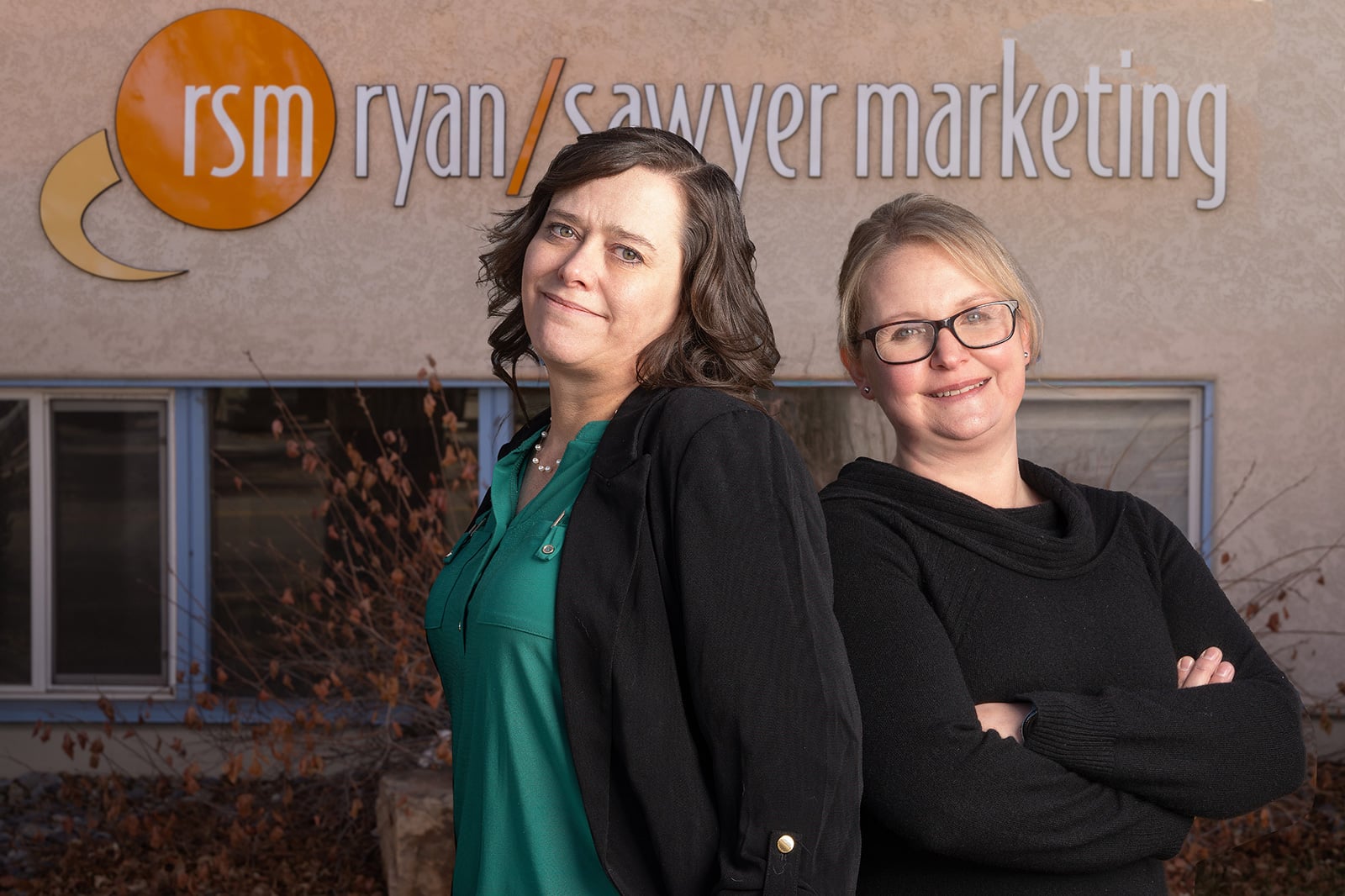Position statements, slogans and taglines, oh my!
Position statements, slogans and taglines, oh my!
Well, there she goes: The Wicked Witch of the West, brooming about the sky, spewing smoke and cackling away as she spells out her evil message to the Emerald City, a trembling Dorothy and Toto too:
Dorothy Surrender
Wow. That Witch is Wicked! And man, does she know how to communicate a position! Her statement is clear, concise, unambiguous and unforgettable. And if there are any lingering doubts about who she is or what she stands for, just wait until she unleashes about a zillion flying monkeys on your ass.
Meanwhile, back in Kansas, the Wizards of Wal-Mart give us this:
“Save money. Live better.”
He: “So, what do you want to do today?
She: “I wanna go to Wal-Mart and save money so we can live better!”
Me: “Riiiiiight.”
Okay, I get that saving money can actually help one improve his or her quality of life, but why is this an improvement over “Always Low Prices”? Like the Witch’s declaration to Dorothy, this original slogan offered a clear and simple articulation of the chain’s promise to you without asking you to ponder its true meaning. Some would argue that its true meaning was really “Main Street Surrender!” but that’s another subject.
Speaking of other subjects, if you’re old enough to have lived in America in the past thirty years and have been even vaguely sentient, you may not recall the name Clara Peller, but you’re surely familiar with the question she so pointedly posed:
“Where’s the Beef?”
What this four-foot, crusty old spokeswoman for Wendy’s created went way beyond advertising slogan. It became a catch phrase that has stuck irrevocably in the lexicon of popular culture, has been used in political debates, echoed in a whole volume of punch lines, and seen in a myriad of merchandising endeavors, including T-shirts, underwear and, yes, condoms.
But what did it do for Wendy’s? Well, it helped convince fast food aficionados that those square Wendy’s single burgers offered more beef than either the quarter pounder or the whopper. And for the two years the campaign ran, Wendy’s corporate sales jumped 31%. Not bad.
And today? Well, hold up your hand if you can recite Wendy’s current advertising slogan? Anyone? Anyone? Clue: if you really use your imagination you can maybe make the connection between namesake Wendy Thomas’s vaguely awkward pitches for “Dave’s Hot ‘N Juicy” burgers and the tagline that pays them off. Or maybe not.
Anyway, the answer is: “You Know When it’s Real.”
Well, I’d like to think so. But apparently we hamburger lovers aren’t making that connection, as Wendy’s same-store sales were flat in the third quarter, while competitors such as McDonald’s surged. And this lack of performance isn’t necessarily the fault of a lame slogan, or an awkward creative concept, or even the tenuous connection between the two, but it does beg this question, which finally brings us to the point of all this blathering:
What is a slogan or a tagline and what is it supposed to do?
In simple terms, a slogan should communicate the uniqueness of your brand. It should articulate your promise to the market in a clear and concise way. It should define what differentiates you from your competition and succinctly describe your reason for being. It should be strategic, memorable, catchy and durable. It should make the metaphorical Dorothys of your world tremble with the clarity of their understanding of you. And it should do all this in seven words or less. Apparently no big deal if you’re:
Allstate. Because everybody knows “You’re in good hands with Allstate,” still a strongly comforting thought.
Motel 6. “We’ll leave a light on for you” implies a warm welcome home from someone who cares.
BMW. Affluent people don’t want to spend big money on just a car. They want to spend big money on “The ultimate driving machine.”
Kentucky Fried Chicken. Hey, eatin’ chicken is a messy proposition, but it’s all worthwhile when it’s “Finger lickin’ good!“
Nike. Because “Just do it” says it all.
Verizon. “Can Your Hear Me Now” says it even louder.
On the other hand, some of America’s biggest marketers struggle to get it right, with examples of slogans that vary from merely forgettable to slightly bizarre. . .
JC Penney. “Every day matters” could make an interesting existential mantra, but it doesn’t tell me much about why I should care that JC Penney exists.
Goodrich. “The other guys.” Okay, but if you’re the other guys, who are, uh, the guys? And why are you different?
Coca-Cola. In the 122 years of the soft drink’s existence, they’ve gone through over 100 slogans, ranging from 1886’s direct command to “Drink Coca-Cola” to 1970’s memorable “It’s the real thing” to today’s not so memorable “Life Begins Here.” In my book, they peaked when they offered to buy the world a coke in 1971.
General Electric. The venerable, memorable and time-tested “We bring good things to life” has become the more passive and innocuous “Imagination at work.” A testament to that hoary old decree about not fixin’ stuff that ain’t broke.
Geritol. “My wife, I think I’ll keep her.” Huh?
Pabst. “All that glitters is not Pabst.” Probably not, but why point that out?
So here’s the thing: slogans and taglines won’t necessarily increase a company’s brand awareness, market share or profitability. But, if thoughtfully devised and strategically used, they can help a company stand out or improve its image. At the very least, the process of creating a slogan forces a company to examine its position, evaluate its marketing proposition and clarify its brand differentiators. It’s about building a brand from the inside out, and if through the exercise of creating a slogan you discover that your brand does, in fact, have a heart, or a brain or the courage to be exactly what it is, then you have something of real value: the self-awareness it takes to click your heels together and bring your customers home.





